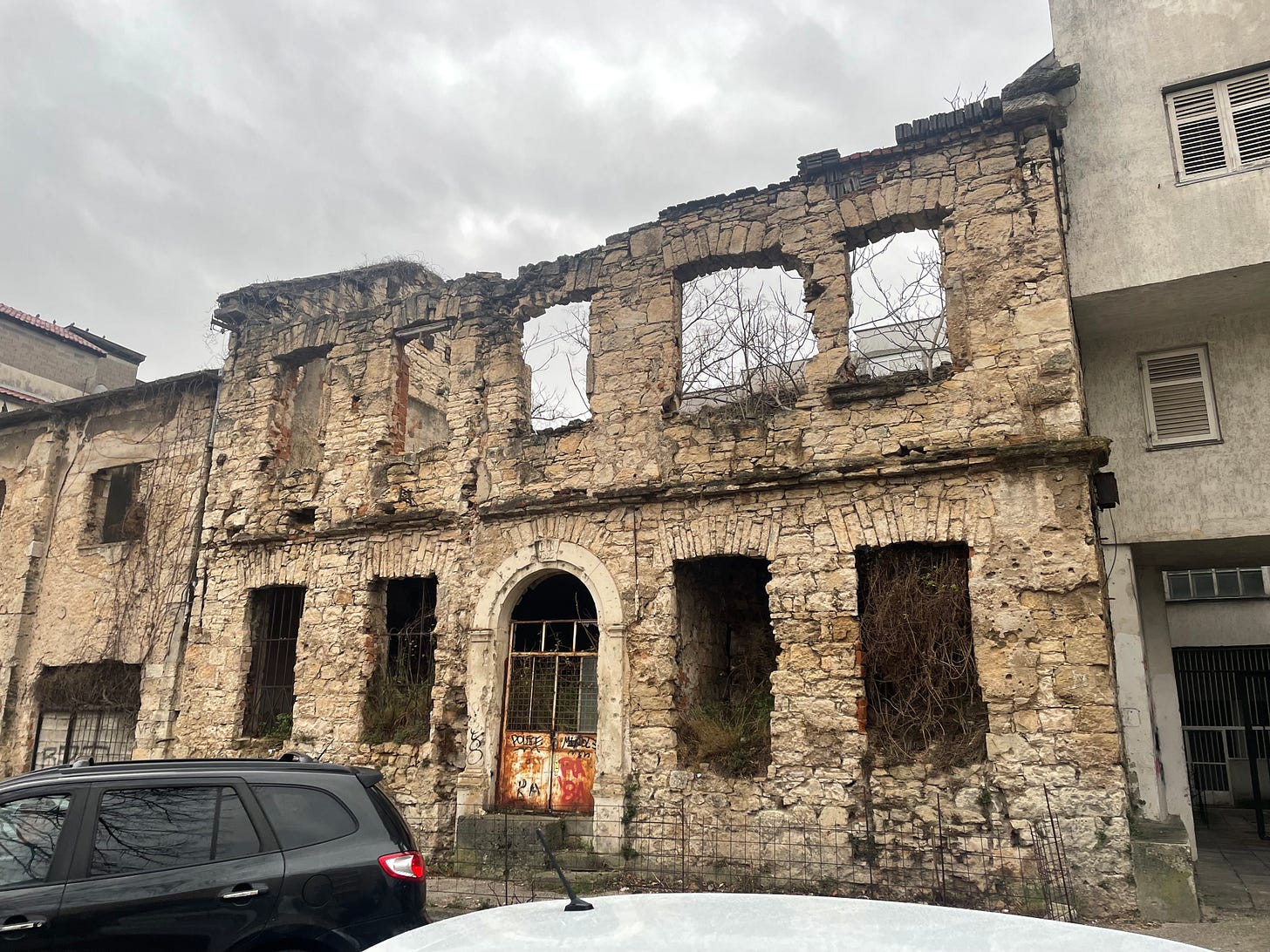Contents
Introduction
The History of Serbia
Why Are Protests Happening Now?
Where Do We Go From Here?
Concluding Remarks
Other News In Geopolitics This Week
Bitesize Edition
Back in November 2024, we saw the unfortunate collapse of a canopy of the rail station in Novi Sad, Serbia that took 15 lives and injured many others. In the aftermath of the event, vigils were held for 15 victims over the following days and weeks.
These vigils eventually turned to protests against the quality of infrastructure in Serbia. Over three months later, these protests still continue. They are led heavily by students but also include others from the education sector, farmers, and lawyers, among others.
The protests are now targeted at political unhappiness within Serbia. The question is whether these protests will fade into the background, or if this is a movement with significant support.
It’s also worth exploring what this means for Serbia politically, and the future of the country generally.
Introduction
Today, I’d like to discuss a country that I recently visited, that country is Serbia. As I saw in person when I visited Belgrade, protests have been occurring across the country. Today, I’ll break down why this is happening, and where we go from here.
The History of Serbia
I’ve heavily explored the history of Serbia in my series on the Balkans that you can find here:
However, as a refresher, Serbia was a part of the Ottoman Empire for centuries. At the start of the 1800s, the Balkans experienced a rise in nationalism. This was especially true in Serbia, which gained autonomy after two uprisings occurred in 1804 and 1815 respectively. In 1817, Serbia was given de facto independence from the Ottoman Empire, and after the Russo-Turkish War in 1878 further damaged the already weakened Ottomans, the Serbs gained full independence and were considered a state.
As a part of the First and Second Balkan Wars, Bulgaria gained independence from the Ottomans in 1908, and Albania gained independence in 1912.
After the Ottomans lost World War One, they were dissolved, and the region of the Balkans formerly under their control was left in disarray. In its place emerged different variants that were eventually recognised as Yugoslavia. Serbia was the main power in the coalition of countries that was formerly Yugoslavia.
At different moments in time, different countries declared independence from Yugoslavia. Some nations achieved this peacefully (Slovenia, North Macedonia), but others weren’t as lucky, namely Croatia, Serbia, Bosnia and Herzegovina, and Kosovo. This led to the Yugoslav Wars that occurred throughout the 1990s, the evidence of which still exists today.
After the Yugoslav Wars had seen Croatia, Slovenia, North Macedonia, and Bosnia and Herzegovina leave Yugoslavia, only Serbia and Montenegro remained. The final straw for Yugoslavia was the end of the union between Serbia and Montenegro in 2006. As Serbia emerged out of the period of Yugoslavia and its union with Montenegro, how did the next years look?
I visited Montenegro on my travels, and connections such as flags and Serbian registration plates can still be noticed. In Bosnia and Herzegovina, the Serb population exist in a separate entity known as Republika Srpska. The Kosovo independence question also remains today. Politically, Serbia is less focused on the West than its other Balkan neighbours are, seemingly looking more East towards ties with Russia. However, the Serbs are aspiring EU members, and a large amount of Serbian imports are from the European Union. They are supported by both the EU and Russia, placing them in a peculiar position in our rising multipolar world today.
One thing is clear, every nation from the Yugoslav Wars sees themselves as a victim of genocide. Museums around Mostar and Sarajevo discuss personal stories from hundreds of families who were shattered by these wars, and as seen above, bullet holes remain in buildings around both cities. As for Serbia, while walking around Belgrade, a large sign sits along a building in one of the main squares. It reads: “The only genocide in the Balkans was against the Serbs.” Tensions in the Balkans certainly aren’t at zero, but with these protests, the issues for Serbia have come much closer to home.
Why Are Protests Happening Now?
On November 1st, 2024, a concrete canopy of a railway station collapsed in Novi Sad, killing 15 people, and severely injuring two more. Early protests were held in the form of vigils for the victims, but they began to shift focus when wider questions were asked about public infrastructure in Serbia and investigations were launched. When these investigations saw a lack of political accountability for the event, the largely student-based protests grew in number and size.
Keep reading with a 7-day free trial
Subscribe to Geopolitics Explained to keep reading this post and get 7 days of free access to the full post archives.




